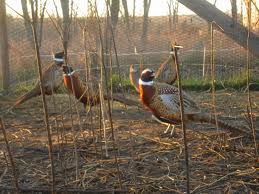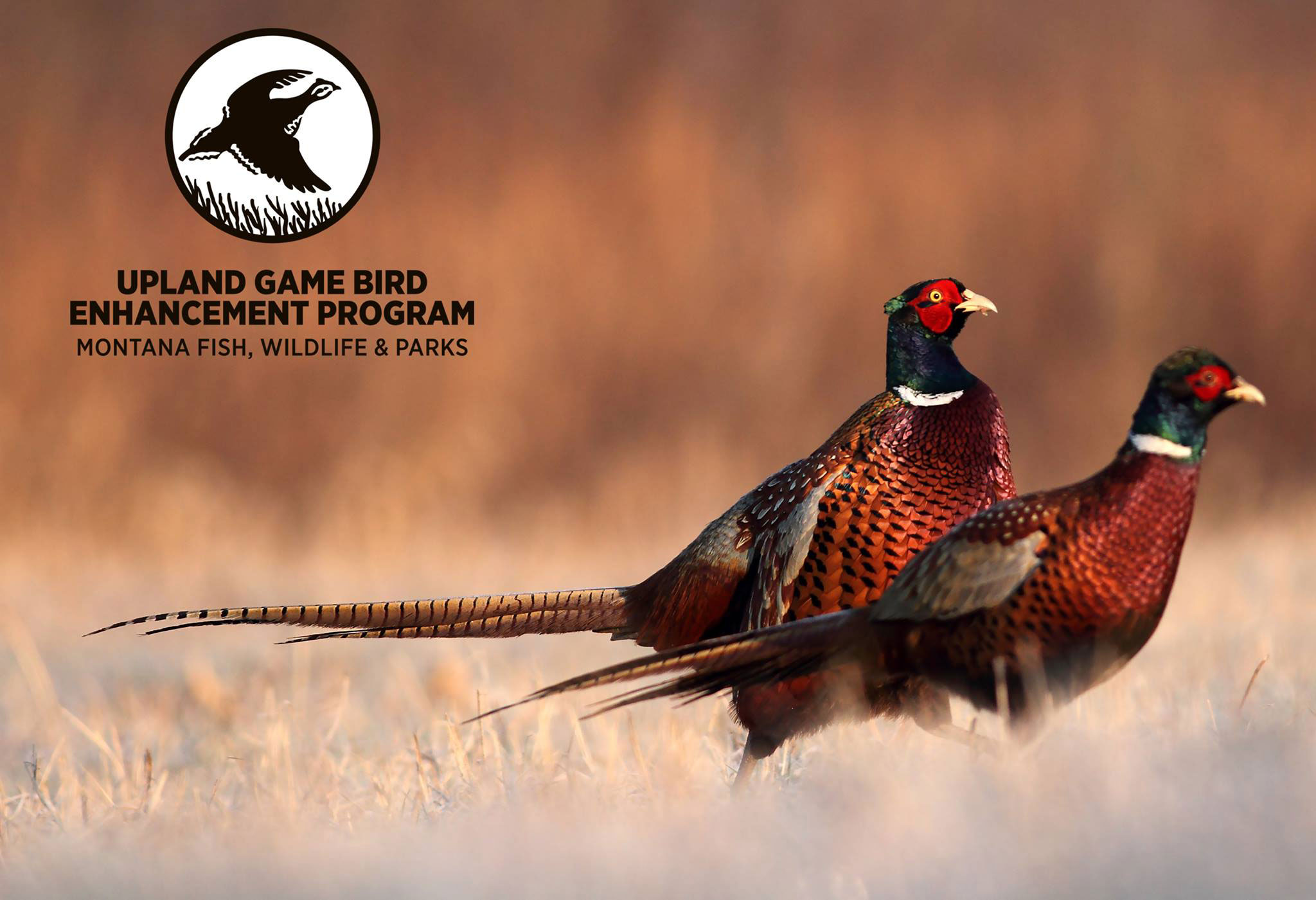
Montana Proposes Pen-Raised Pheasants as a Hunter Recruitment Tool
Many agencies are setting funds aside to create new positions for R3, which stands for the recruitment, retention, and reactivation of hunters and anglers. The main objective is to ensure that wildlife management remains in the public interest, rather than being influenced by special interests.
R3 efforts take different forms in different places. For instance, in Oregon, the Department of Fish and Wildlife is recruiting “fishing ambassadors” to encourage greater involvement in recreational fishing. In Maryland, “Es Mi Parque” aims to recruit more Latinos into outdoor recreation. The George W. Bush Foundation has funded the “Vamos A Pescar” grant to promote fishing to Hispanic communities in several states. Other groups, like Project Upland, have promoted upland bird hunting as a gateway activity for new hunters. The combination of pleasant fall weather, watching bird dogs in action, numerous shooting opportunities, and the physical activity involved in bird hunting can be the start of a lifelong hunting passion.
Meanwhile, Montana’s Fish, Wildlife and Parks aims to cut through the noise of hunter recruitment by providing pheasants to as many new hunters as possible.
That’s one way to look at the department’s initiative to buy pen-raised pheasants, stock them on wildlife management areas this fall, and encourage youth hunters to shoot them. The department is betting up to $1 million of public funds that these birds will be more successful in recruiting hunters than investing the money on habitat that might support generations of wild birds and future upland hunters.
Product of Messy Legislation
Montana’s legislature spent a lot of time this session on bills related to managing wildlife, which was previously the responsibility of the governor-appointed Fish and Game Commission. The legislature passed bills allowing the use of dogs for spring bear hunts, deregulating the state’s outfitters, and requiring commission review of fish-removal projects in the state.
The pheasant-planting legislation was part of an FWP “clean-up” bill. It was pushed through the legislature in the final days—and even hours—of the session. House Bill 637, the controversial bill, guarantees non-resident clients for the state’s outfitters. It also authorizes FWP to spend up to $1 million on raising and releasing pheasants for youth hunting days.
The pheasants will be incubated and reared at the Montana State Prison in Deer Lodge. The department’s goal is to release up to 50,000 captive pheasants per year, which comes to $20 per bird.
Focusing on Pheasant Hatcheries, Not Pheasant Habitat
Some of the funds for buying pheasants come from the state’s Upland Game Bird Enhancement Program. The program aims to enhance habitat for wild pheasants, native grouse, and other upland birds, and a portion has been allocated for pen-raised pheasants.
“The idea is that if the habitat is favorable, those released birds can help augment wild populations,” says Greg Lemon, a spokesperson for FWP. “But the pheasant-release portion of the UGBE program hasn’t been utilized in recent years, so there was spending authority available.”

Lemon sees the program as serving a dual purpose: recruiting new hunters and providing inmates with trade skills.
“I can imagine an inmate who got experience raising pheasants at Deer Lodge attending school, earning a wildlife degree, and then working for the department as an upland biologist,” he says.
This year’s pen-raised pheasants will be released on a few state Wildlife Management Areas before the youth pheasant opener on October 30-31. As the state prison builds more capacity, the birds will be released on a greater number of state lands, according to Lemon.
Montana’s program is similar to Michigan’s new pheasant-stocking effort. In Michigan, revenue from a special pheasant stamp is used to buy pen-reared birds that are released on public hunting areas.
“The world’s most expensive raptor-feeding program,” said a former FWP employee upon hearing that the department’s focus would shift away from habitat work and towards put-and-take pheasant hunting.
The Mixed Record of Pen-Raised Pheasants
Montana’s FWP emphasizes that the pheasant-stocking program is intended to ensure success for new hunters and not to replace the state’s well-regarded wild-pheasant management. However, many biologists criticize pen-raised roosters.
Several studies have compared the survival rate and productivity of pen-raised pheasants to those of their wild counterparts, showing the ineffectiveness of stocking programs.
In Idaho, researchers tracked both wild birds and pen-raised birds in areas with low wild bird populations. They also studied the effectiveness of trapping predators. The findings, published in the journal Wildlife Biology in 2009, revealed that wild female pheasants had a significantly higher survival rate and were more productive during nesting season compared to pen-raised female pheasants.
The study concluded that pen-raised pheasants are not a suitable tool for increasing pheasant numbers due to their low survival, poor productivity, and higher costs.
In a blog post about the futility of using pen-raised pheasants to boost wild populations, Pheasants Forever referenced a study by the South Dakota Department of Game, Fish and Parks. The study involved radio-collaring and releasing both wild and pen-raised hens in eastern South Dakota. Most wild hens survived the study, whereas pen-raised hens were easily targeted by predators.
According to the article, wild hens were ten times more successful at raising broods, leading to the conclusion that pen-reared hens should not be released in habitats where wild pheasants are present.

A skilled hunter, dedicated conservationist, and advocate for ethical practices. Respected in the hunting community, he balances human activity with environmental preservation.
